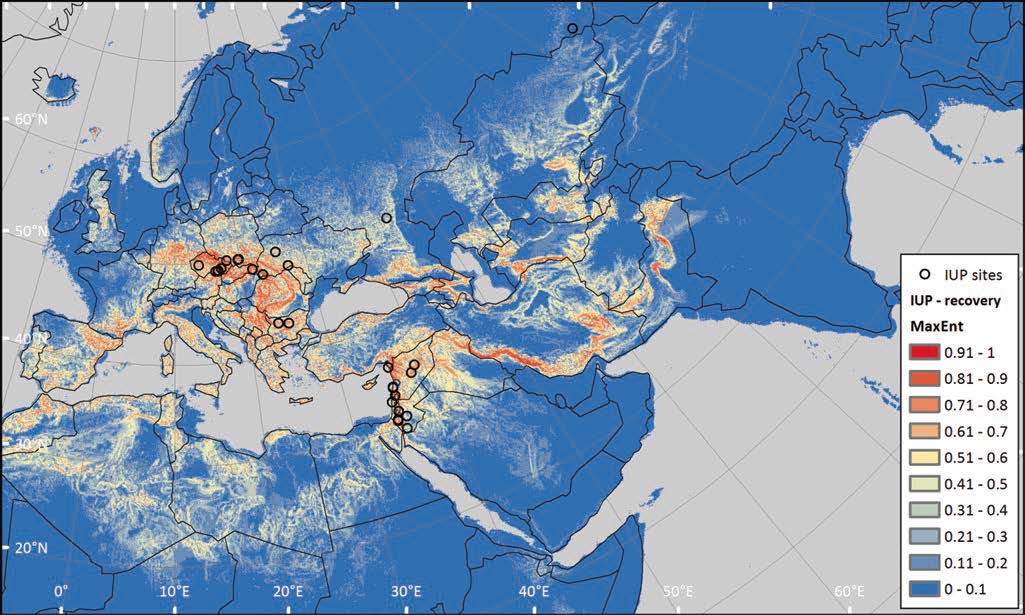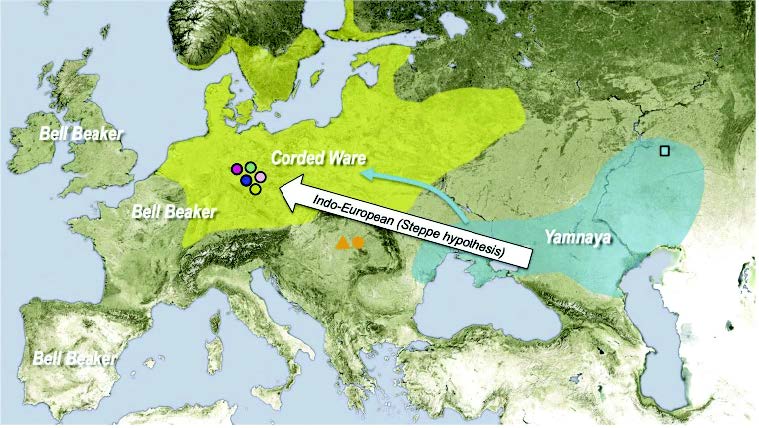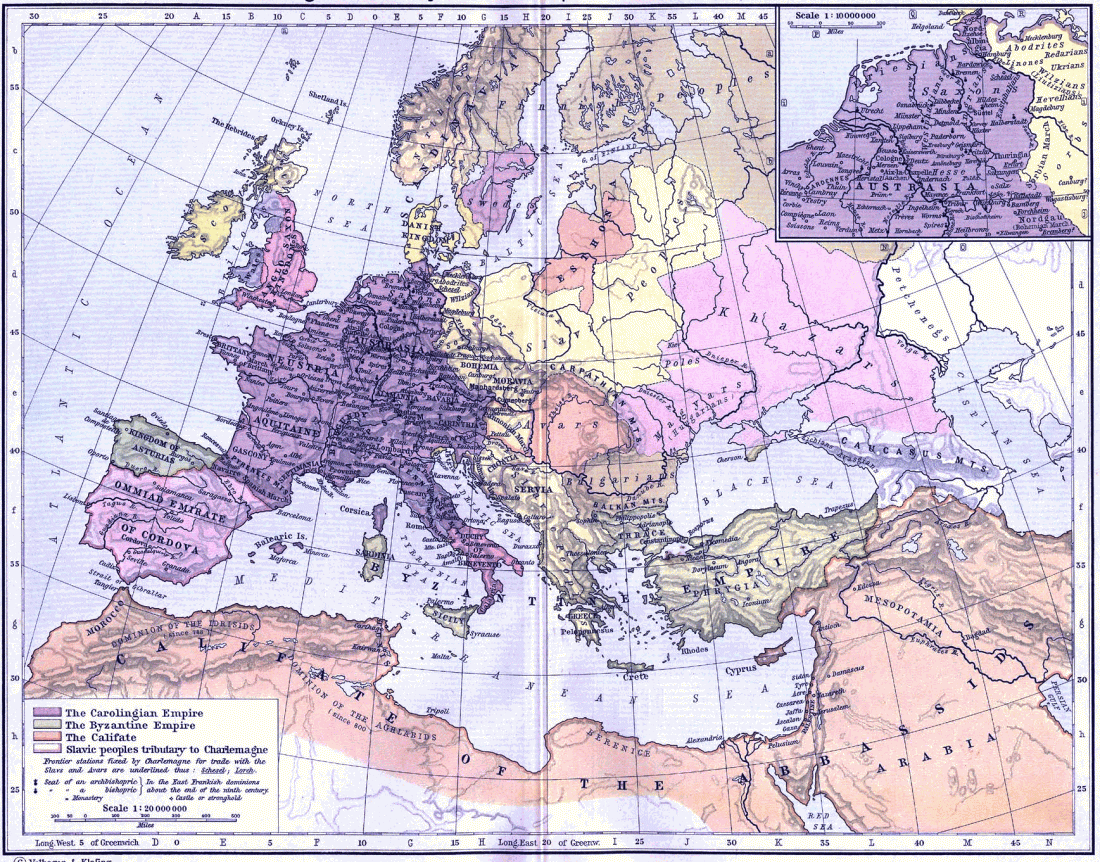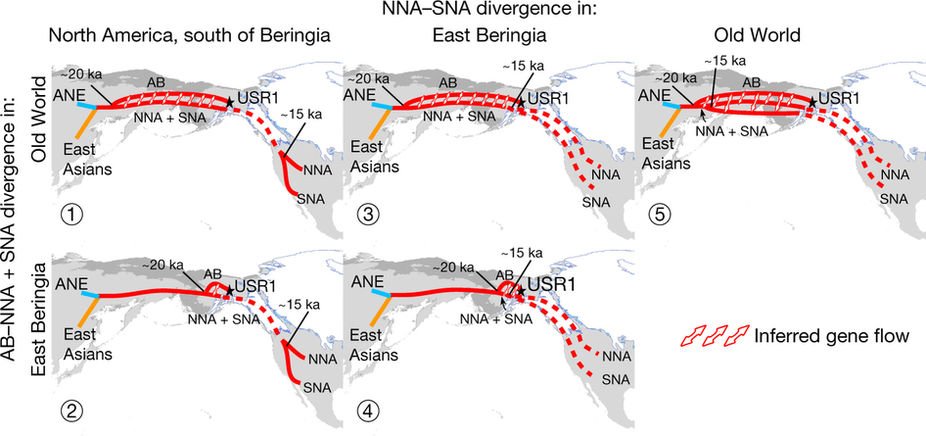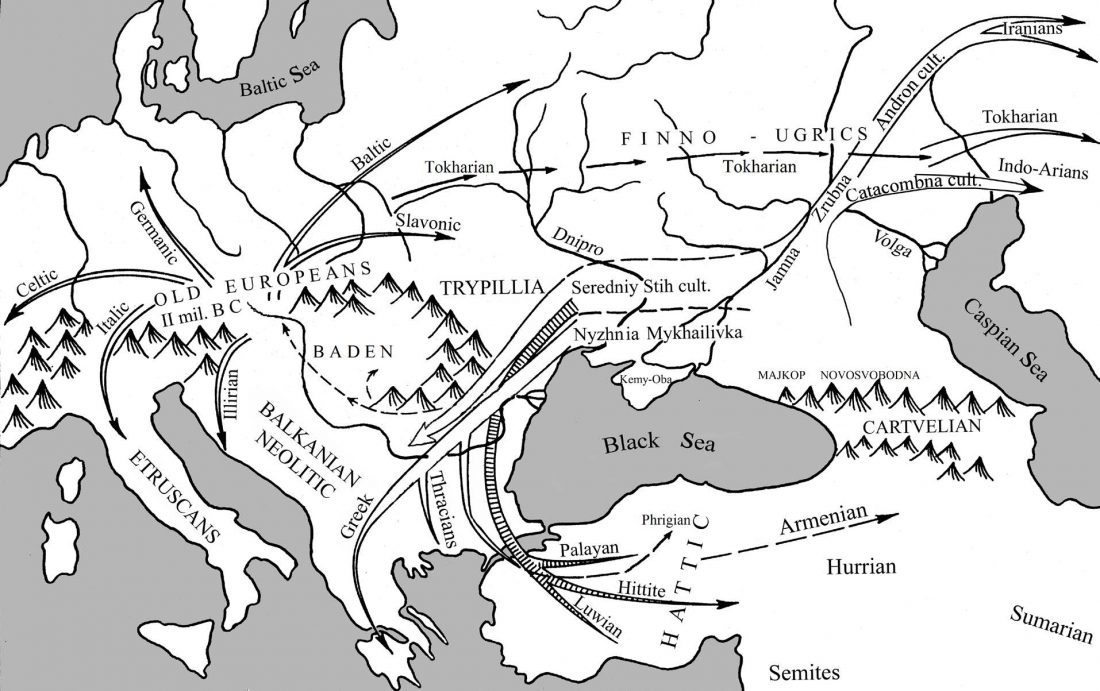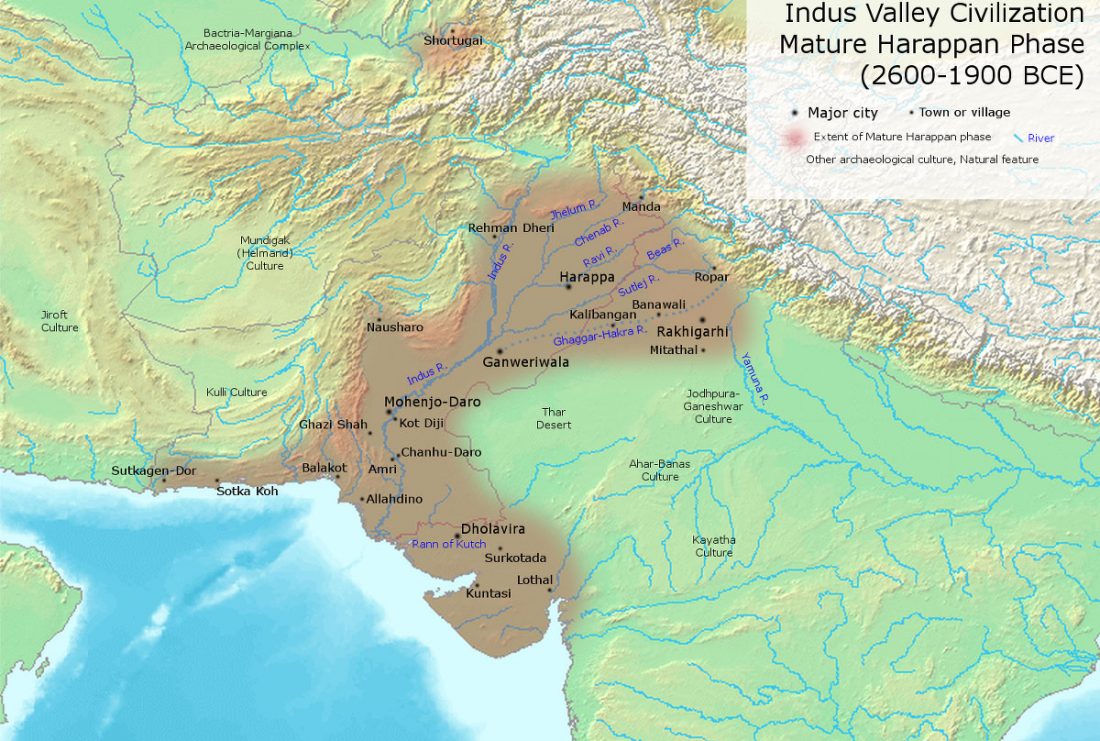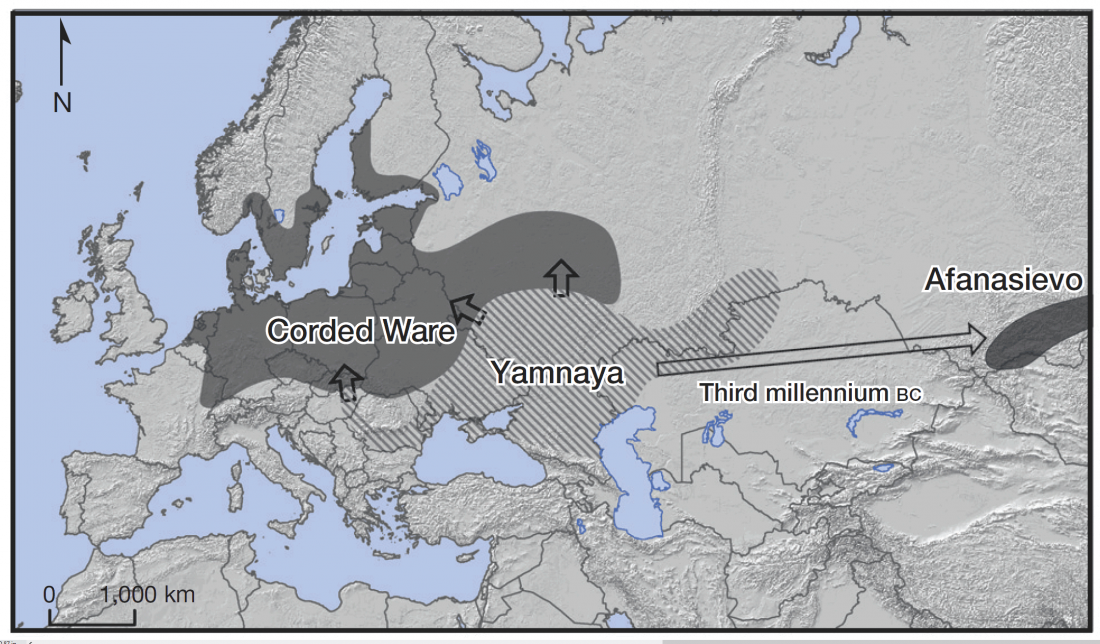Ecological Niche and Least-Cost Path Analyses to Estimate Optimal Migration Routes of Initial Upper Palaeolithic Populations to Eurasia, by Kondo et al. (2018), from The Middle and Upper Paleolithic Archeology of the Levant and Beyond, Replacement of Neanderthals by Modern Humans Series. Chapter downloadable at Academia.edu.
Abstract:
… Read the rest “Optimal Migration Routes of Initial Upper Palaeolithic Populations to Eurasia”This paper presents a computer-based method to estimate optimal migration routes of early human population groups by a combination of ecological niche analysis and least-cost path analysis. In the proposed method, niche probability is predicted by MaxEnt, an ecological niche model based on the maximum entropy theory. Location of known
